I was a free man in Paris
I felt unfettered and alive
There was nobody calling me up for favors
And no one’s future to decide – Joni Mitchell
American writers have been rhapsodizing about Paris since Ben Franklin’s powdered wig was peeking down some bustier. There’s not much I can add — literary-wise — to the musings of everyone from Henry James to Ernest Hemingway, but I can share a few pointers on what to see and where to eat, along with some musings of my own about what makes the City of Light so compelling, one-hundred years after Ernest & Friends fell in love with it.
The culture of Paris insinuates itself into your soul if you let it. Americans love to talk of snooty Frenchmen and various un-pleasantries, but those are the carpings of the intentionally uncomfortable — the sorts who arrive in any foreign environment looking for something to bitch about.
All you have to do to enjoy yourself in Gay Paree is give in to the Parisian vibe (by turns energetic one minute, and insouciant the next). Leave your American expectations at home, relax, stroll around a bit, and say “bonjour!” and “s’il vous plait” about thirty times a day. Do that and they are almost as nice as Italians.
As I was somewhere over the Atlantic, coming back from ten days walking the streets and haunting cafes from Montparnasse to Montmartre, it occurred to me that this might be my writing future: travelogues for those who might wish to follow in my footsteps in the coming months/years. My covering the Las Vegas food scene has reached its natural end; there are no more mountains for me to climb here, and frankly, it’s more fun these days to see the world rather than wander around (again and again) in my own backyard.
(If you’re dying to hear my mellifluous tones pontificate on where best to exercise your palate in Sin City, tune in Fridays to What’s Right with Sam & Ash — where we whoop it up about food while recapping my eating week.)
Unshackled by the bonds of servitude to Sin City, I am thus free to eat the world, where, quite frankly, the food, wine, and scenery are better (and often cheaper). Consider this a combination of food diary and love letter to my favorite city in the world, where the sights and smells never fail to astonish me, and where eating and drinking well is as easy as rolling out of bed.
But before you can embrace all the picturesque wonderfulness, you first have to get there, and sad to say, that will be more annoying than anything you encounter once you arrive.
News flash: Flying remains a pain in the ass.
Air France is a shell of its former self. A country’s airline — be it SwissAir, Lufthansa or whatever — used to tickle you with anticipation (“As soon as you board, you feel like you’re almost in the country,” I used to tell my kids.) Now you’re on an airbus in more ways than one. They throw some cardboard food at you a couple of times and wheel a shitty beverage cart up the isle twice (first, an hour into your eight-hour transatlantic haul; then again six hours later), and that’s it.
No cans of soda, no mixers, nothing but water, crappy coffee, tepid tea and supermarket wine. Pro tip: load up on snacks and beverages at the airport. What’s become an insult to passengers has been a boon to SmartWater and SlimJims. None of this applies if you fly business- or first-class, which we never do, preferring to save our $$$s for the food and wine which lie ahead.
Enough negativity, let’s get to the fun stuff.
Traveling is living intensified. – Rick Steves
Paris the “Being John Curtas” way means you literally lose yourself there; park your worst instincts back home and drink it all in, every waking moment. I become more sanguine, taciturn even (about everything but the ubiquitous dog shit).
Every time I see Paris’s low profile and history-drenched boulevards, I feel like I’m an awestruck ten-year old seeing a big city for the first time. Rick Steves’ quote is no more true than on the streets of Paris, where your senses are excited on every block, and awesome architecture defines every corner.
The French invented blasé (the word and the mood), but no matter how many times I’m in the city (this last trip was my tenth), that’s the one feeling I never have. I’m too busy picking my jaw off the pavement…when I’m not using it.
If you are lucky enough to have lived in Paris as a young man, then wherever you go for the rest of your life, it stays with you, for Paris is a moveable feast. – Ernest Hemingway
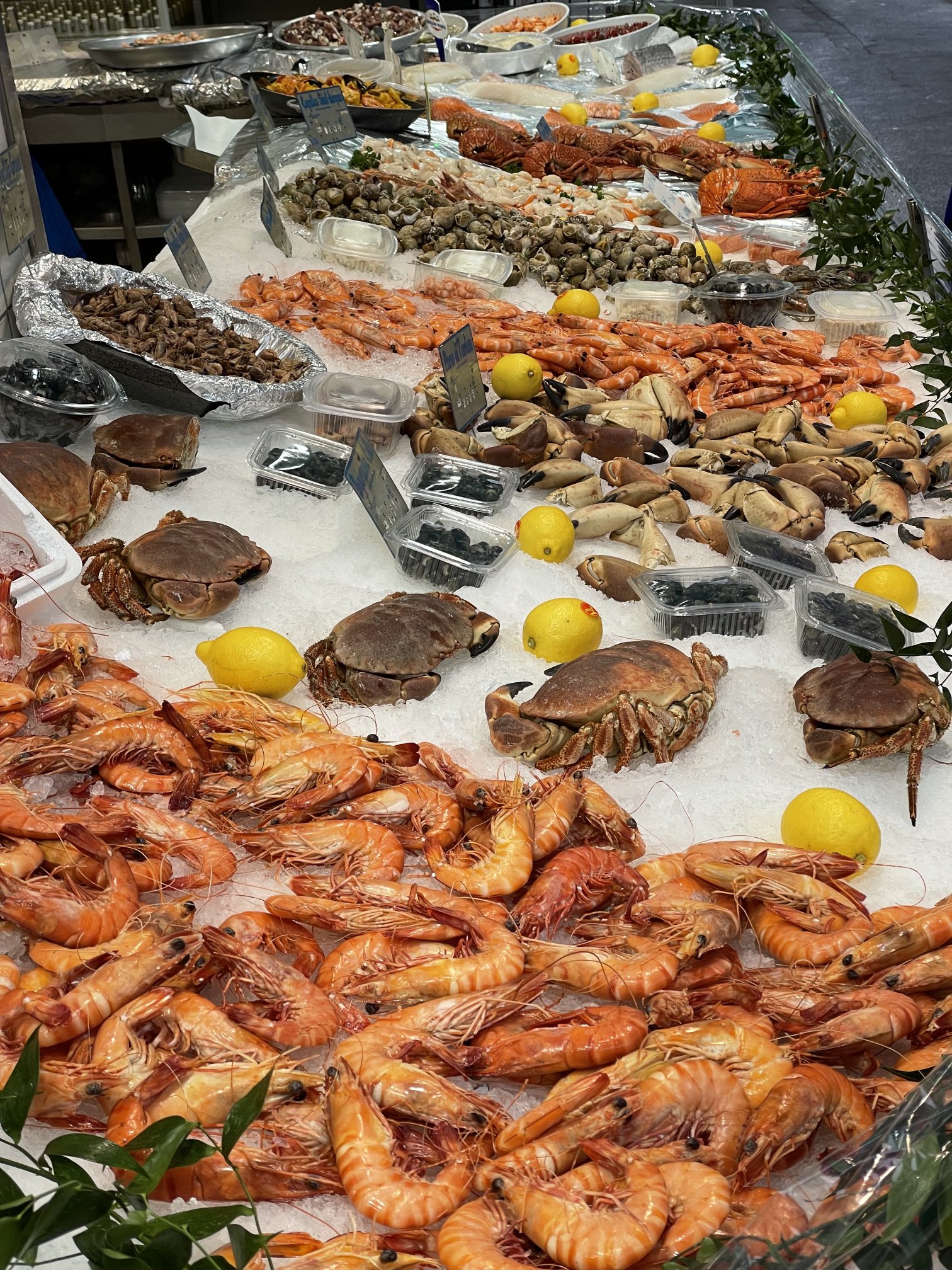
The Food. The wine. The seafood! (sea above) The size of the brasseries and the sheer number of cafés means you’ll never go hungry, no matter what the hour.
It’s really one of the most impressive things about Paris: the mind-blowing number of places to feed and refresh yourself. They’ve always been in abundance, but the patisseries/boulangeries (technically not the same thing, but often combined) seem to have doubled in number over the past decade.
The Style: men in snappy coats and women being worn by heroic scarves. No t-shirts or cargo shorts, please. Someone asked me what the French don’t like about Americans and the answer is simple and understandable: the way we dress.
Finally: awesome architecture and history envelops its iconic restaurants. The sheer beauty of them should not surprise (the French invented the modern restaurant, after all), but the stunning interiors (and how well they’ve aged) are still enough to take your breath away:
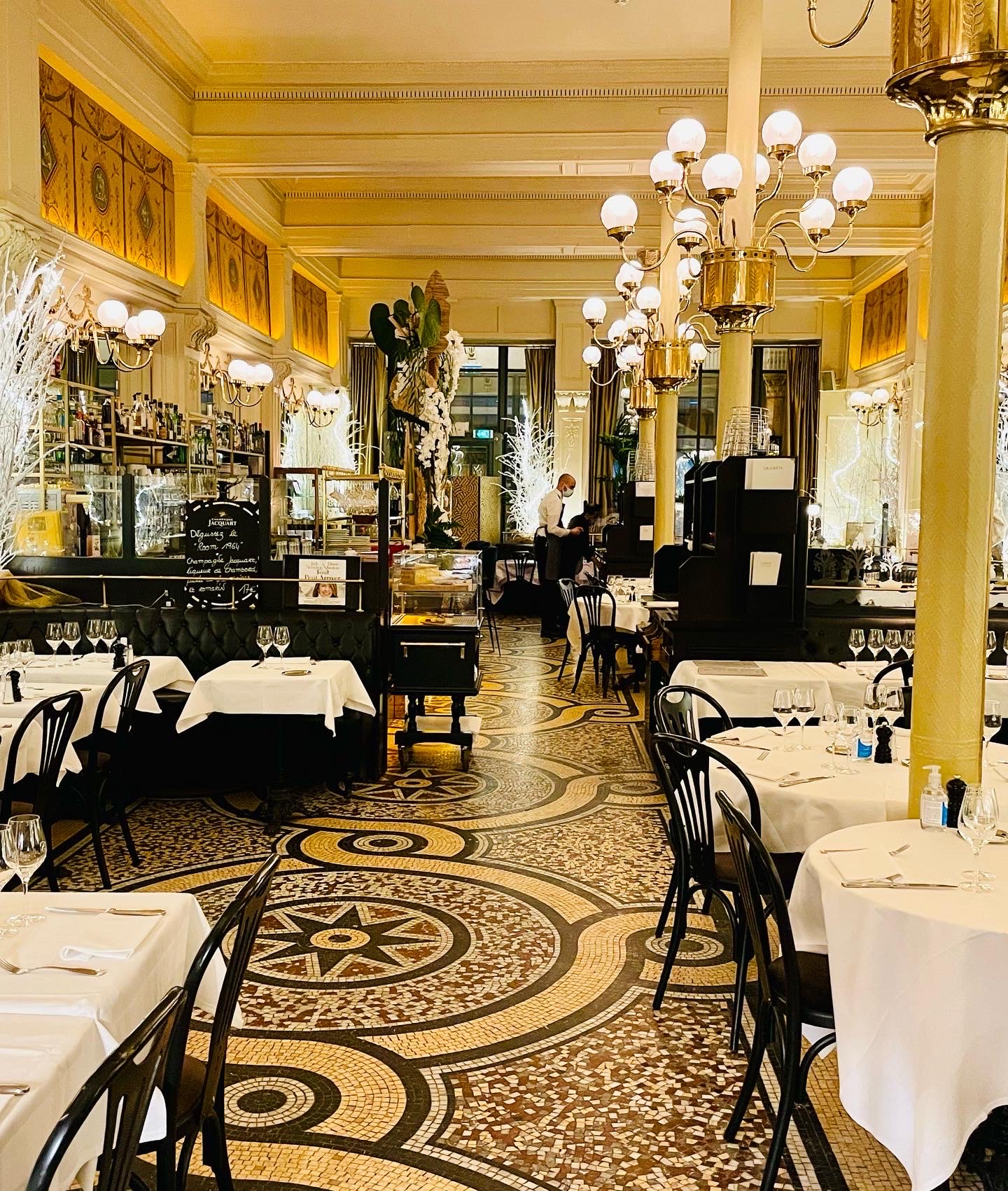
If you can’t enjoy yourself walking around Paris, you need to have your pulse checked.
My advice to anyone traveling to France or Italy is to always find a café to call your own, preferably close to your hotel. Stopping by every morning will start to make you feel like a local, and by your third visit, even the frostiest waiter will start to smile when he sees you.
Walking, smelling, sitting, sipping cafe au lait. “Encore, s’il vous plait” we say.(“please bring another”)…and your favorite waiter will let you sit there all day, diddling your phone, reading a book, or planning where next to eat — which is the surest way to make you feel like a Frenchman.
Amazingly though, we actually lose a few pounds on every visit. Five-to-ten miles of walking each day will do that, no matter how many baguettes or soufflés you inhale. Sage advice: use your mornings to plan your pre- and post-dejeuner walks.
If The Food Gal® is lucky, I occasionally agree to a little shopping, just to buy some marital harmony. (Poor thing has always operated under the illusion there is something to do in Paris other than eat and drink.)
Breakfast, you ask? Fuggidabadit. In France, breakfast (aka “petit dejeuner”) is good for only one thing: thinking about lunch. Some coffee and a croissant is all you’ll need to fuel you for the first few hours of the day. From then on, it’s Katy bar the door/calories here we come, as temptations await on every block.
THE RESTAURANTS
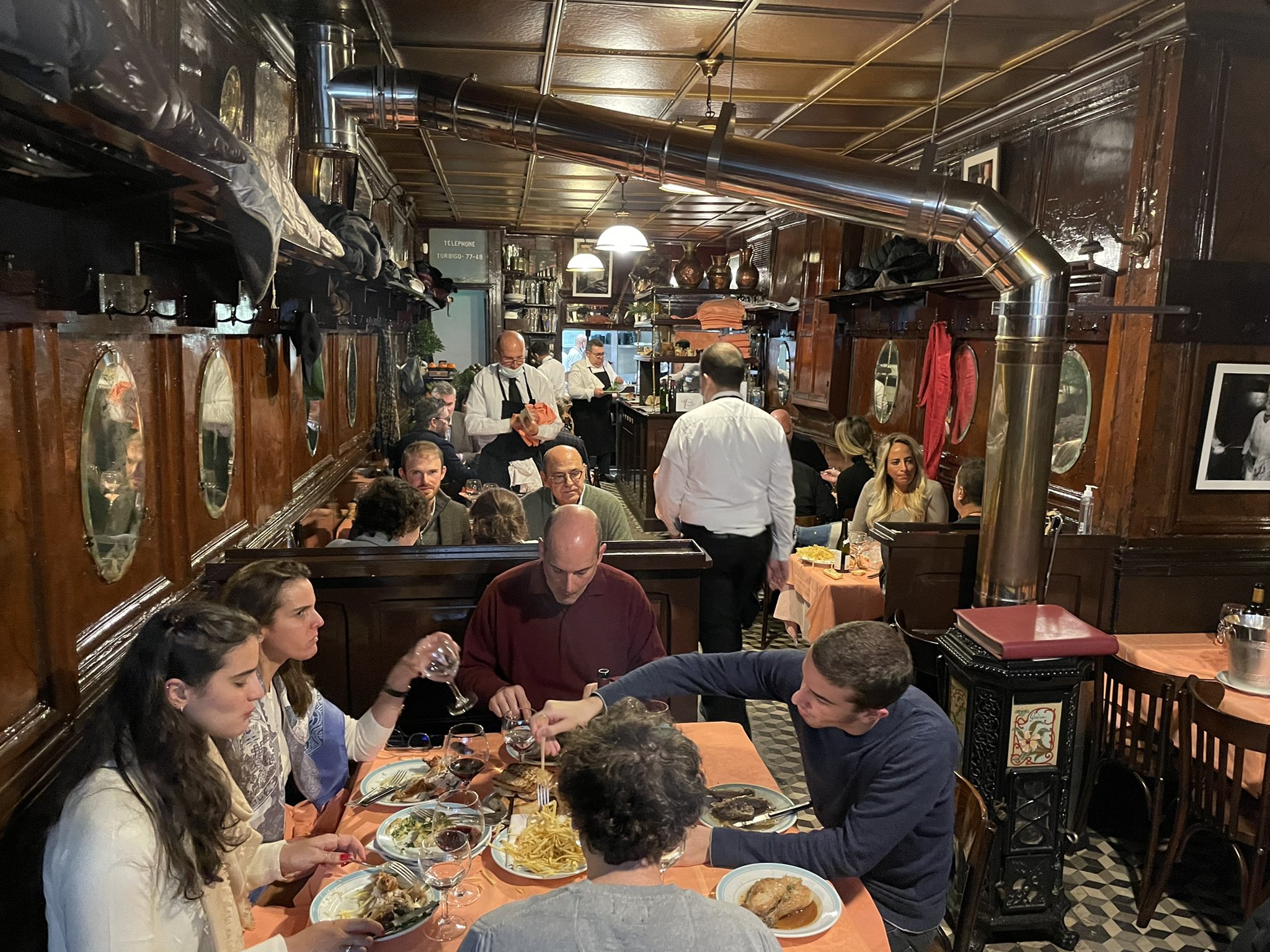
Straight off the plane, still groggy from jetting the ocean, we staggered into L’Ami Louis (above) perhaps the toughest bistro ticket in Paris. It was worth the wait, which for me had been twenty-five years — a quarter century of hearing about its allure to ex-pats, celebs, and galloping gourmands, followed by a revisionist decade of how gauche and “not worth it” it was. It is the one bistro critics love to hate. Especially British critics, as you’ll see below.
Founded in 1924, they only things that have changed in ninety-seven years are the prices and the dress of the patrons. Some have called its interior “museum-like”, others, like the late, great, splenetic A. A. Gill described it as a “painted, shiny distressed brown dung…set with labially pink cloths which give it a colonic appeal and the awkward sense that you might be a suppository.”
All nasty Brit-lit gymnastics aside, what you find when you enter is a classic, narrow, well-worn bistro that feels as comfortable as a pair of well-worn Wellingtons. Where Gill found “paunchy, combative, surly men” waiting tables, all we saw were affable-if-brusque, seen-it-all pros.
Gill (who died in 2016, and whose hemorrhoids must’ve been acting up in ’11 when he wrote those words) also savaged the food. As much as we were a fan of his knives-out style, we found ourselves silently pleading with his ghost throughout our two-hour lunch. Au contraire, mon frere, we muttered continually. From an ethereally silky slab of foie gras to our deviled veal kidneys to the famous roast chicken (above), this was Parisian bistro cooking at its most elemental and satisfying. True, the recipes probably haven’t changed since Bogart was wooing Bergman, but that’s part of the charm.
Where Gill found the foie to be “oleaginous and gross”, our bites were of the smoothest, purest duck liver. A mountain of shoestring fries came with our oversized bird, and better ones we had trouble remembering. Ditto the escargot, brimming with butter and electric green parsley — shot through with garlic in all the best ways.
No fault could be found with the wine list either (pricey for a bistro, but not off-putting), or a baba au rhum the size of a human head.
“Brits love to bag on the Frogs,” is what we thought as we were paying the bill and thanking the staff. The prices (for solids and liquids), are high but not enough to put you on our heels, especially if you’re used to Las Vegas. (Our lunch came to about 400 euros/couple, with about half being wine.)
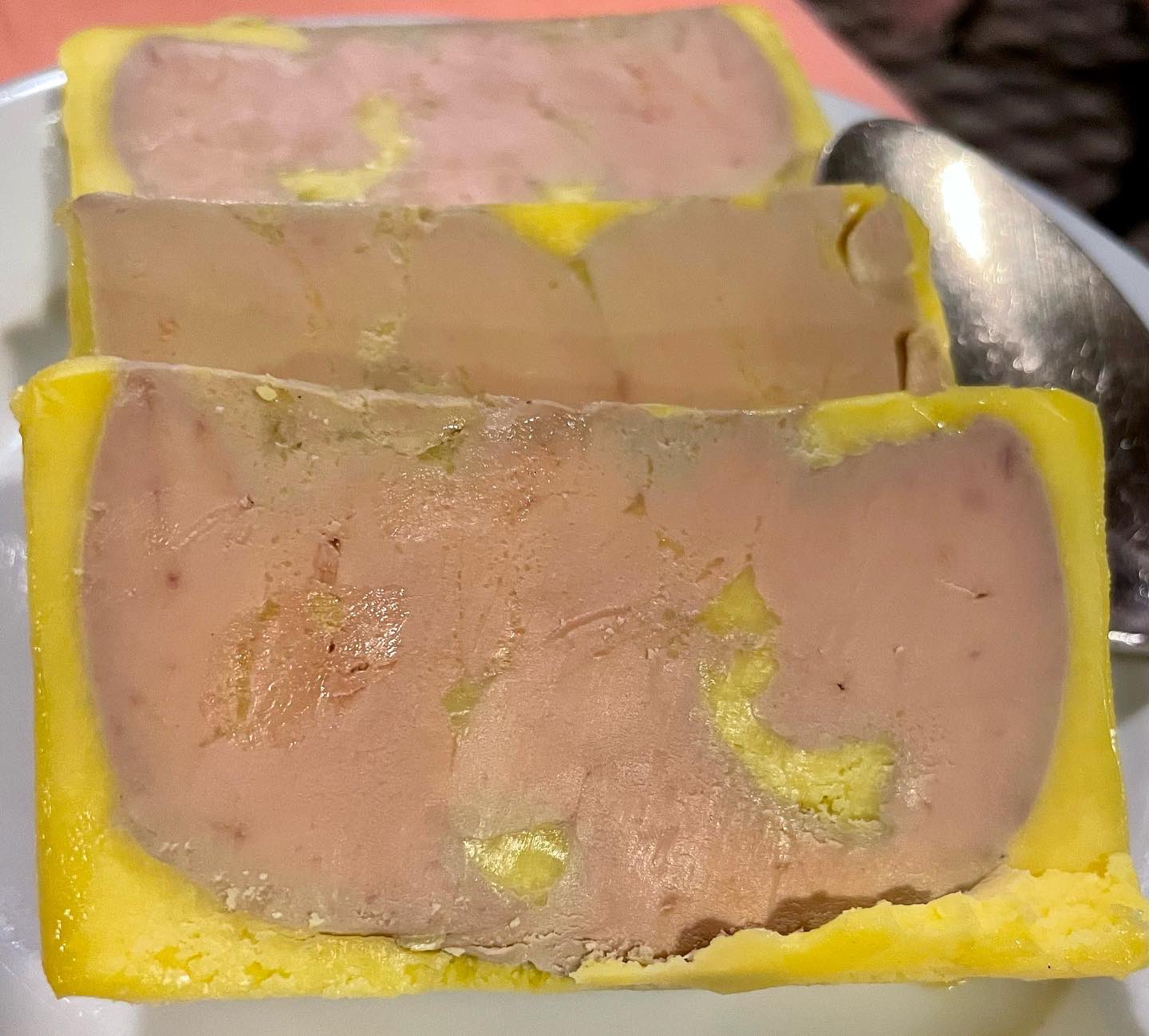
As I ate the oysters with their strong taste of the sea and their faint metallic taste that the cold white wine washed away, leaving only the sea taste and the succulent texture, and as I drank their cold liquid from each shell and washed it down with the crisp taste of the wine, I lost the empty feeling and began to be happy and to make plans. – Ernest Hemingway
Le Dôme remains le ultimate seafood brasserie in a neighborhood swimming with them. All gleaming glass and brass, it has become a de rigueur to stop for oysters whenever we get to town. Montparnasse is chock full of good restaurants, many of which, like Le Select (1925), La Rotonde (1911) and La Cloiserie des Lilas (1847), are haunted by the ghosts of Gertrude Stein, Hemingway and Henry Miller.
These cafes formed the social hub of Roaring Twenties Paris, and, amazingly, continue to hold their own today, one-hundred years after they became American-famous.
Like many of its equally famous neighbors, Le Dôme is huge, so don’t think twice about dropping in on a whim for a douziane plates and a glass of Sancerre.
Classics like Breton lobster and Dover sole (above), are prepared so perfectly they remind you why these dishes became renowned in the first place, and if you want to hunker down for a full meal, LD dazzles with best of them. The freshness of its cooked seafood is legendary, even in a town known for legendary fresh fish and shellfish.
For dessert: don’t miss the mille-feuille Napoleon (sliced from a pastry the size of a rugby football) — which elicits ohhs and aahs for both its appearance and taste.
A note about the supposed insufferable French: this was our third visit to Le Dôme in the past four years, but we are hardly “known” to the management. On each visit, whether as a walk-in solo or with reservations and guests, we have always received a friendly welcome from the solicitous staff — who couldn’t be more helpful in either guiding us to the best oysters of the day, or which wine to pair with them. You get out of restaurants what you put into them, and if you walk into Le Dôme with happy heart, it will only make you happier.
A walk about Paris will provide lessons in history, beauty, and in the point of life. —Thomas Jefferson
From Montparnasse one day, we trekked up the hill to Montmartre the next, to visit Le Coq et Fils (formerly Le Coq Rico) — Antoine Westermann’s paean to poultry.
Climbing up to Sacré Coeur and exploring the nooks and crannies of cobblestoned streets of this “village inside a city” puts you in a mood to take down an entire yardbird accompanied by a variety of other Westermann signatures like poultry broth “shots” (perhaps the most intense chicken soup ever made), duck rillettes, and egg mayonnaise “Westermann’s Way” (a gorgeous puck of the best egg salad ever tasted):
But the undeniable stars of the show are the whole birds, and we opted for a four pound Bresse specimen of unsurpassed flavor:
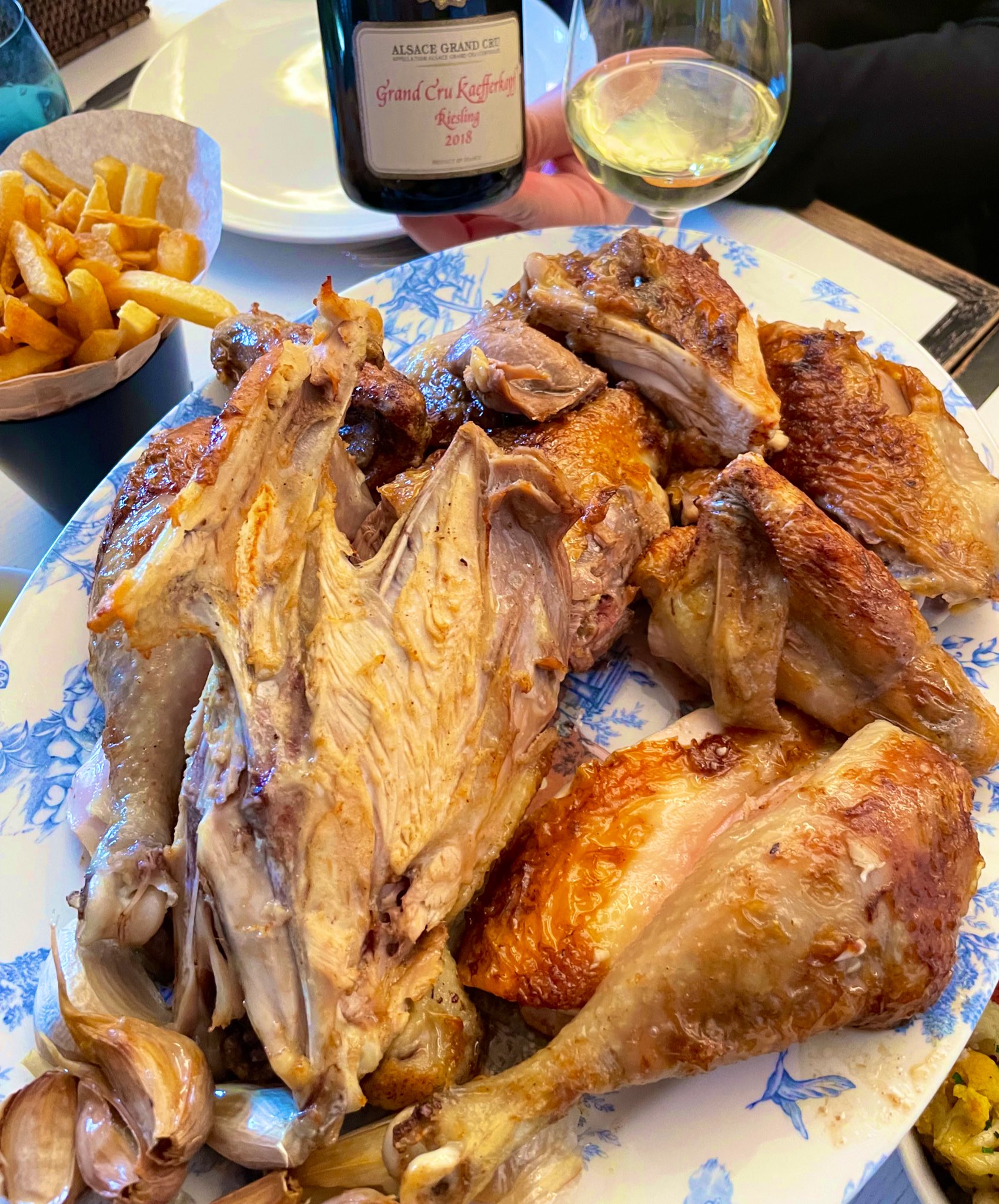
From the crispness of the skin to the fineness of the grain to the richness of the flesh, these are flocks which put to shame the universal putdown of “tasting like chicken.” Of course the olive oil-drenched pommes puree and straight-from-the-fat frites don’t hurt your enjoyment of this beautiful bird, either.
The birds are sized and sold according to how many you want to feed (e.g. a guinea hen and smaller birds are sized for two). The wine list was modest in scope but interesting and reasonable, and the service couldn’t have been better.
For dessert we took down an Ile Flottante (“floating island”) — a lighter version of this classic — with a softball-sized meringue so airy it seemed to be floating above the creme Anglaise beneath it.
I have been in Paris for almost a week and I have not heard anyone say calories, or cholesterol, or even arterial plaque. The French do not season their food with regret. – Mary-Lou Weisman
Watching your calories is the last thing you want to do at L’Ami Jean — the au courant favorite of Parisian foodies — a bistro which resists mightily the Brooklynization of casual Parisian dining.
As with L’Ami Louis, its slightly older cousin across the Seine, you enter something of a time warp when you cross the threshold into a crowded, narrow room — whose general appearance hasn’t changed since Maurice Chevalier was breaking into talkies.
Cheek-by-jowl everyone sits, the crowd being a mixture of internet-educated gastronauts and local trenchermen who’ve been expanding their ample bellies since the 70s. (From the vantage point of our sole, round six-top along the wall, the diners seemed to be running at about a 10-to-1 men-to-women.)
The effect is one of a raucous eating club in a cramped space where appreciating hearty, rustic food is the coin of the realm.
Having taken serious umbrage to Gill’s evisceration of L’Ami Louis, I must raise an exception in the other direction — in this case to the lavish praise universally heaped upon Stéphane Jégo’s ode to excess. We have nothing against wild boar stews and roasted pigeons drenched in wine. And we are hardly one to quibble with rough-hewn bricks of paté de campagne or nutty/puffy lobes of sweetbreads roasted with thyme. But when we considered our meals as a whole at this temple of bistronomy, what stuck with us was the textural, taste and visual sameness of our multiple courses — more cuisine bourgeois-than restaurant cooking — finesse-free food heaped into bowls…which is probably the point. Nothing wrong with any of it, mind you, but no standouts, either.
Service was the definition of “harried” but also almost preternaturally fast. They screwed up our white wine order, but brought the “wrong” bottle that happened to go beautifully with the food at the same price.
For dessert, get the signature rice pudding with caramel sauce, even if your ribs are pleading for something less to stick to them.
In wine there is wisdom, in beer there is freedom, in water there is bacteria. – Benjamin Franklin
If food is the body of good living, wine is the soul. – Clifton Fadiman
The same advice I gave about cafés above applies to wine bars. There is wine aplenty in the area — Juveniles, Le Rubis, A L’Heure du Vin — so calling the First Arrondissement a “target rich environment” for oenophiles is like referring to Le Louvre as a nice art gallery.
We’re more Right Bank than Left Bank these days, so it’s a no-brainer to make Willi’s Wine Bar our home away from home.
Oh Willi’s, how do we love thee? Let us count the ways:
Your wine (of course, specializing in Rhones both new and aged), either by the glass or bottle, always interesting at a fair price; the food (classic bistro fare but made with flair and good groceries by chef Francois Yon); excellent bread; exceptional cheese; and best of all, a friendly welcome (whether you are known or unknown).
English is freely spoken (it’s still owned by the Brit – Mark Williamson (below) – who founded it in 1980) and your staff is cheerful and knowledgeable, and their patience (with idiotic Americans who can’t decide what to order) is as long as the bar (above).
And then, of course, there are those iconic posters:
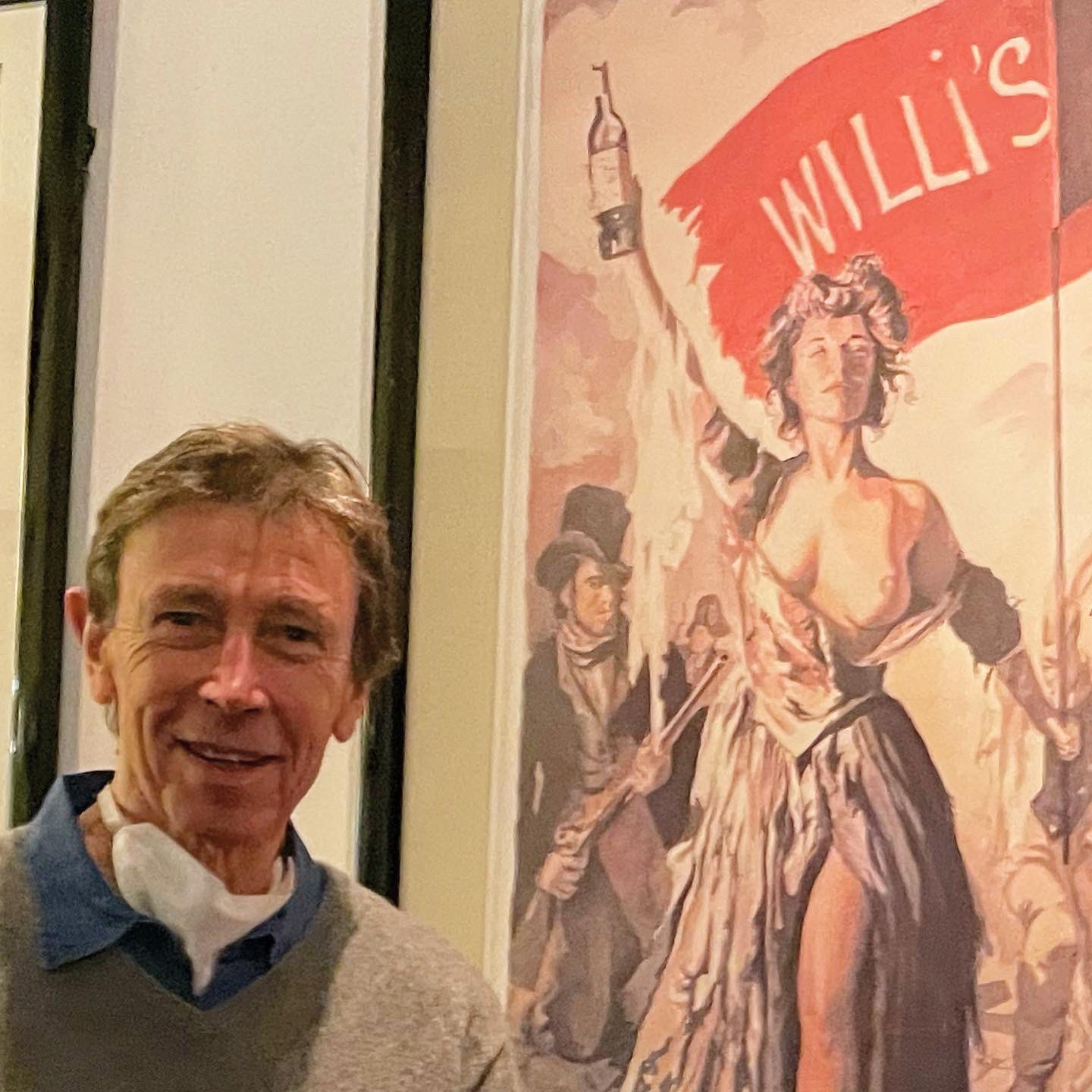
And finally: the location — just a block from the Palais Royale — in the heart of where-it’s-happening Paris.
In other words, Willi’s is just about perfect, whether you’re hungry for a full meal, or seeking a simple sip. It’s as much restaurant as wine bar, but no matter what you’re looking for, it will send you away smiling.
Paris nourishes the soul, is how Victor Hugo put it, and Willi’s nourished us, in more ways than one on this trip.
We always returned to [Paris] no matter who we were or how it was changed or with what difficulties, or ease, it could be reached. Paris was always worth it and you received return for whatever you brought to it. – Ernest Hemingway
As the sunlight fades over the distance of the Left Bank, a Parisian day always seems to end quietly, but regretfully, like a sigh.
There are few magic spells left to be woven in the world and this city still weaves one of them. How many cities on earth can you say that about?
When good Americans die, they go to Paris. – Oscar Wilde
Something else occurred to me 36,000 feet over the Atlantic: I am my best self in Paris — engaged, entranced and relaxed like nowhere else on earth. Perhaps it will be where I end my days. Who knows? There are worse ways to go.
This is the first part of a two-part article. Next month we go big game hunting among the haute-est of the haute cuisine temples of French gastronomy. 🥂🍾🇫🇷
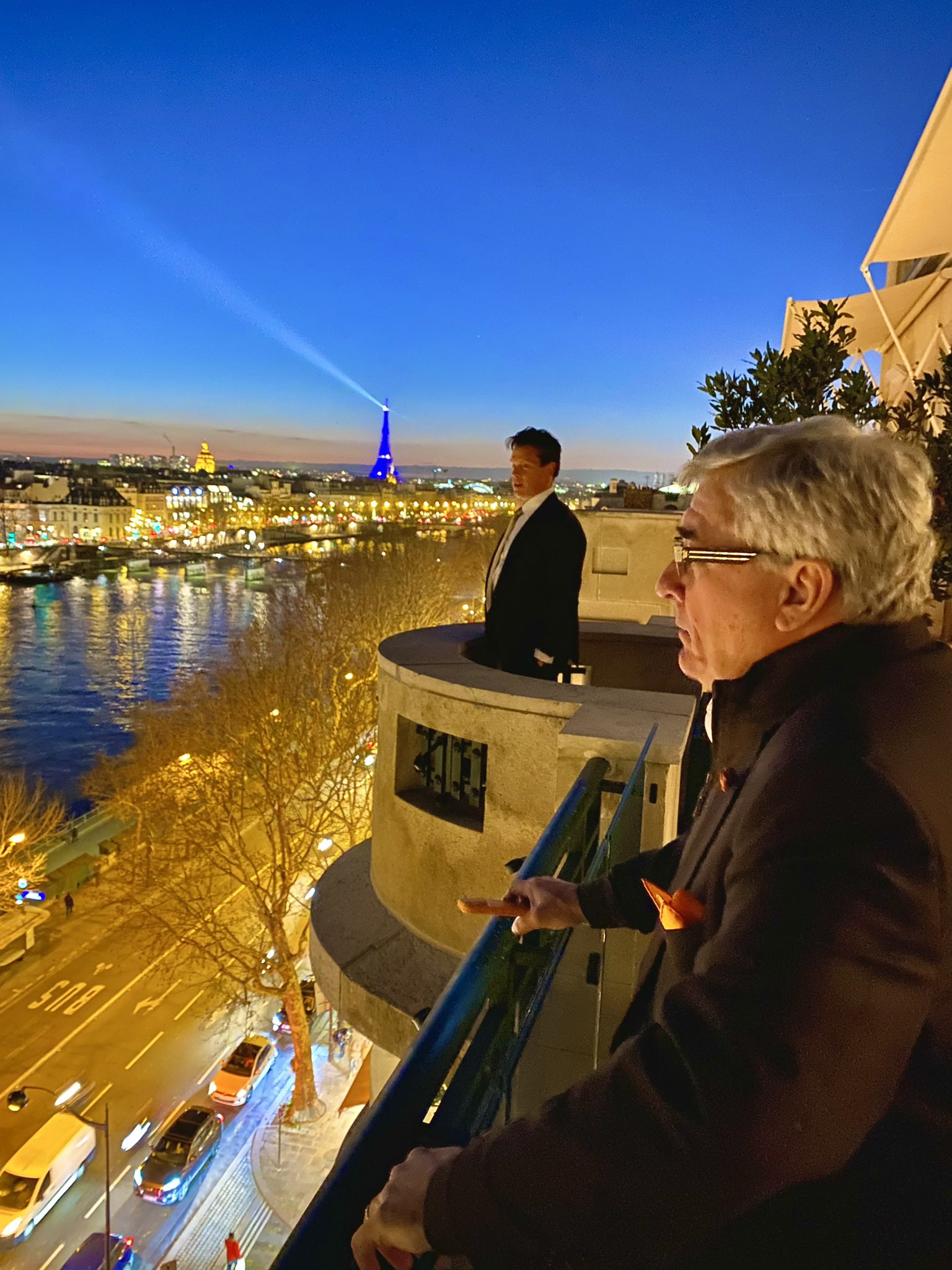
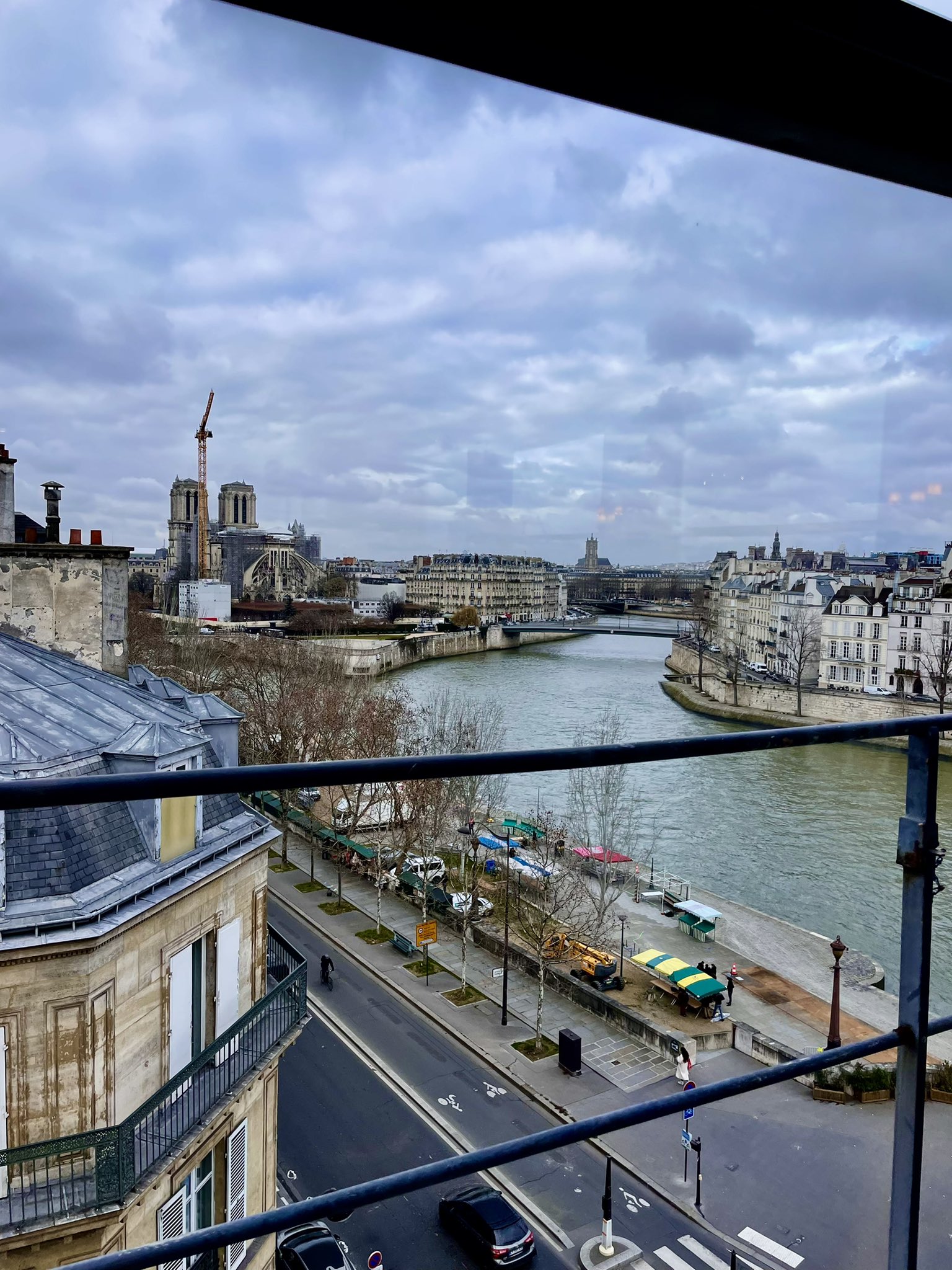
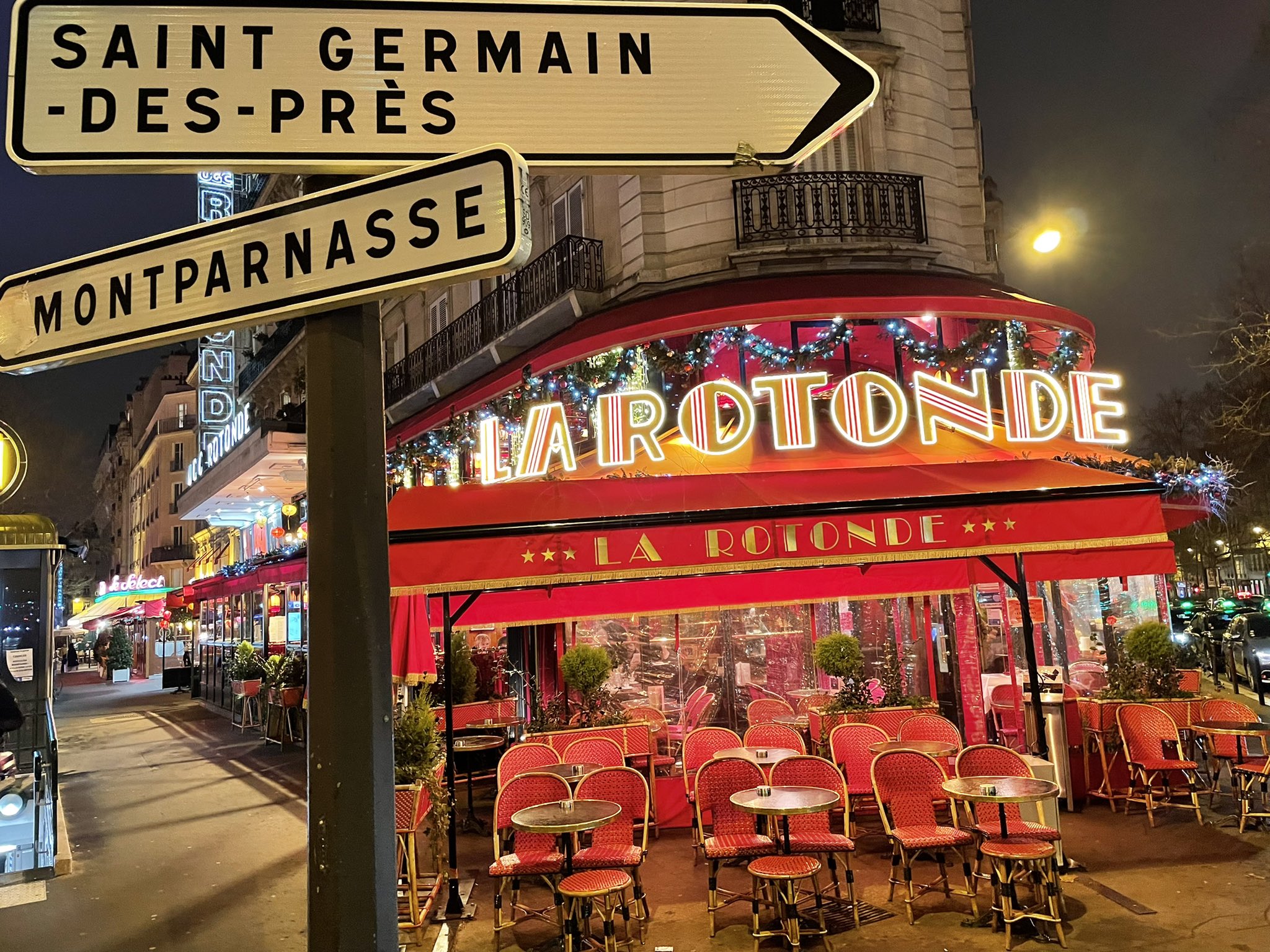
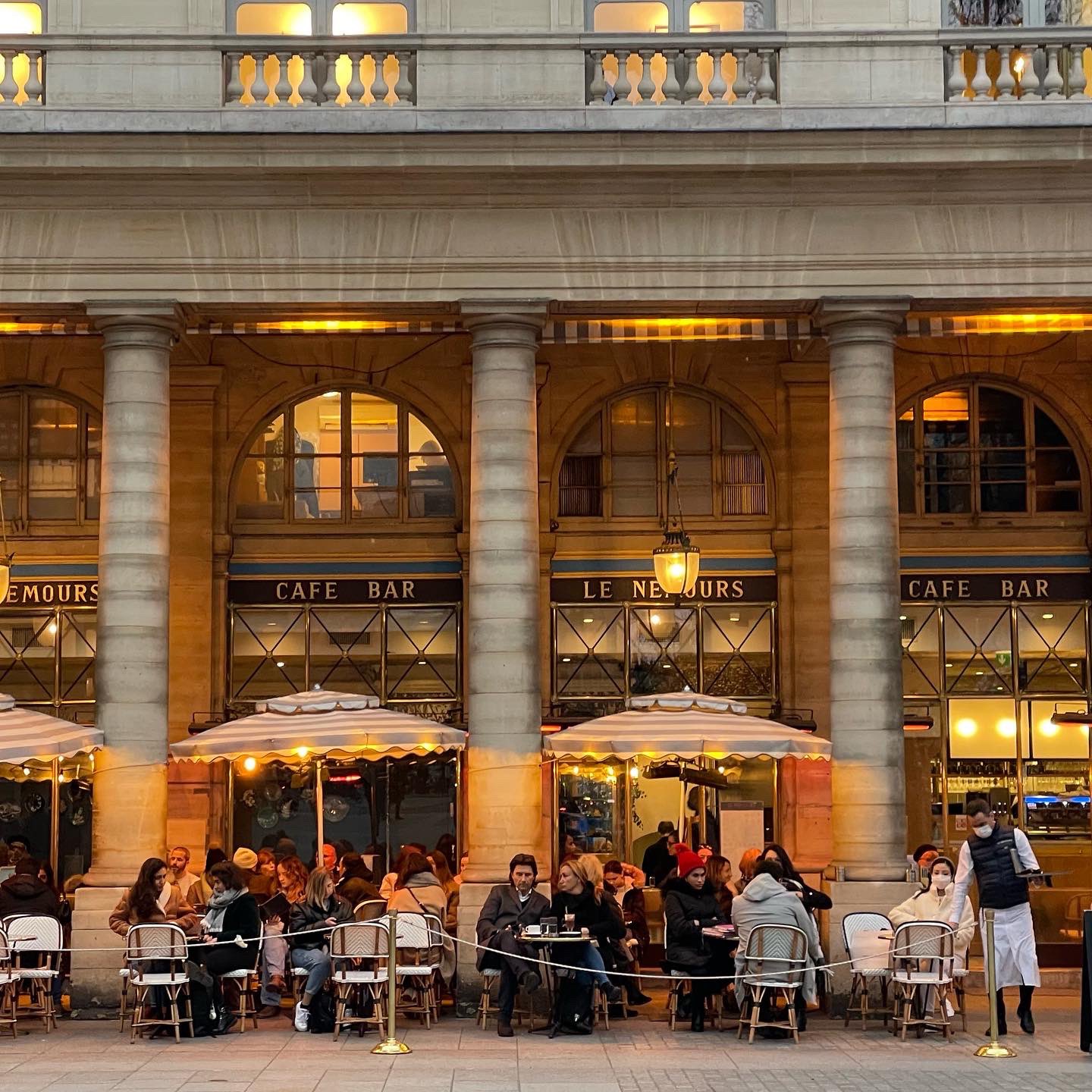
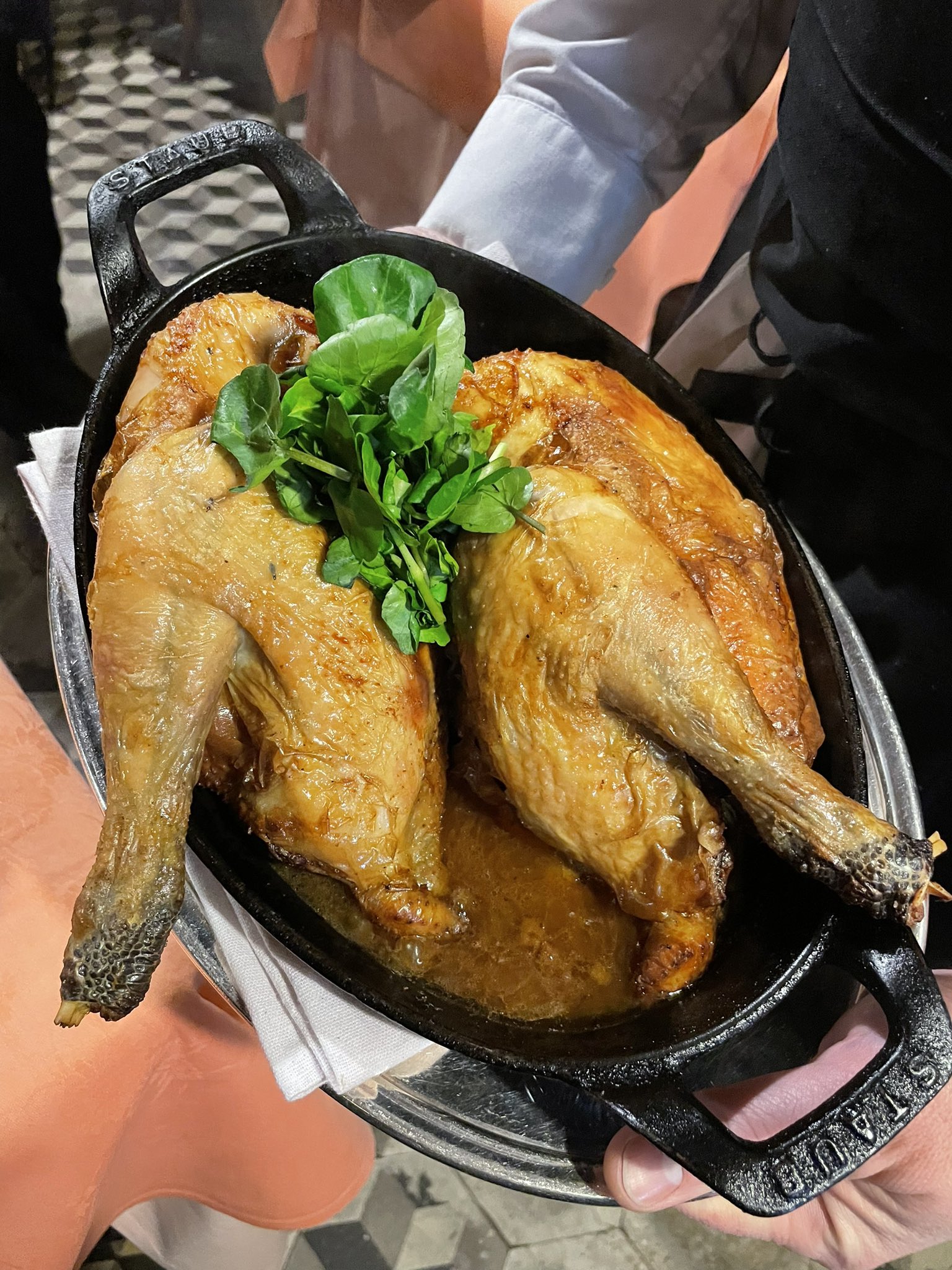
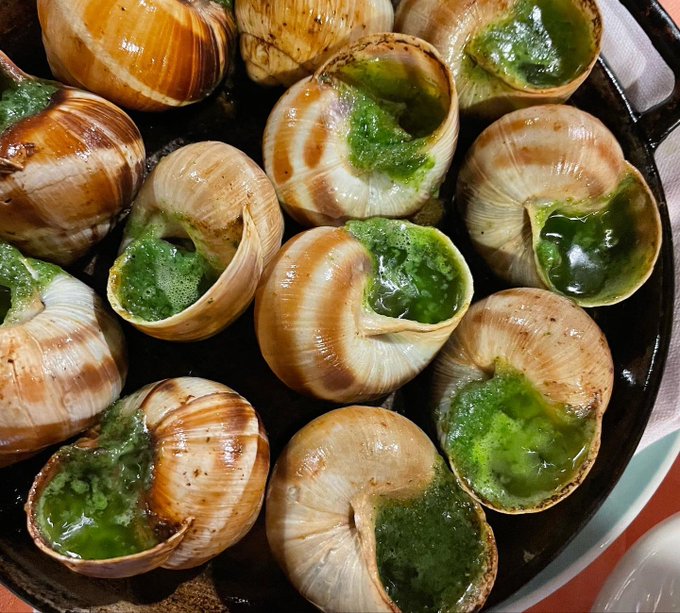
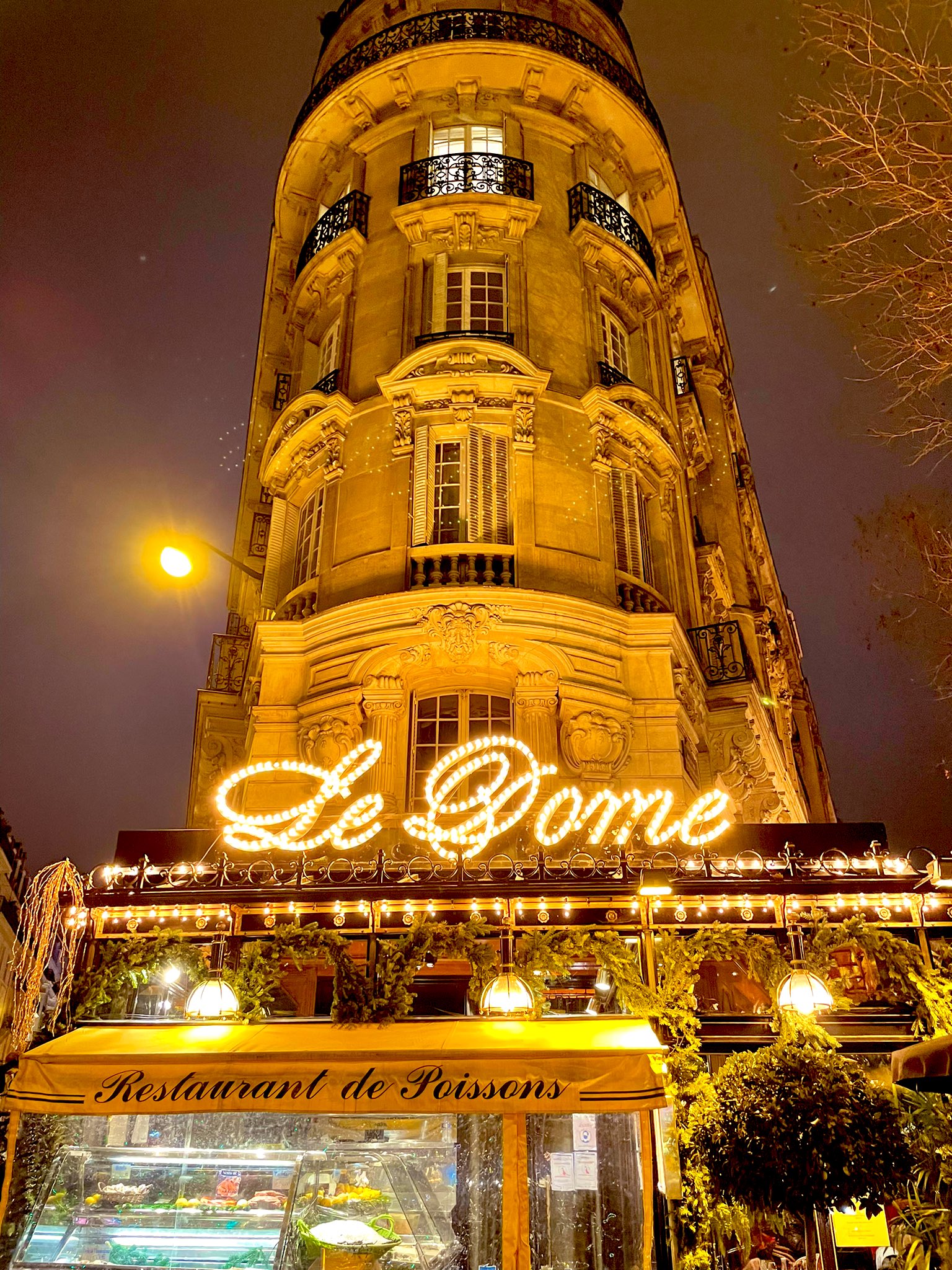
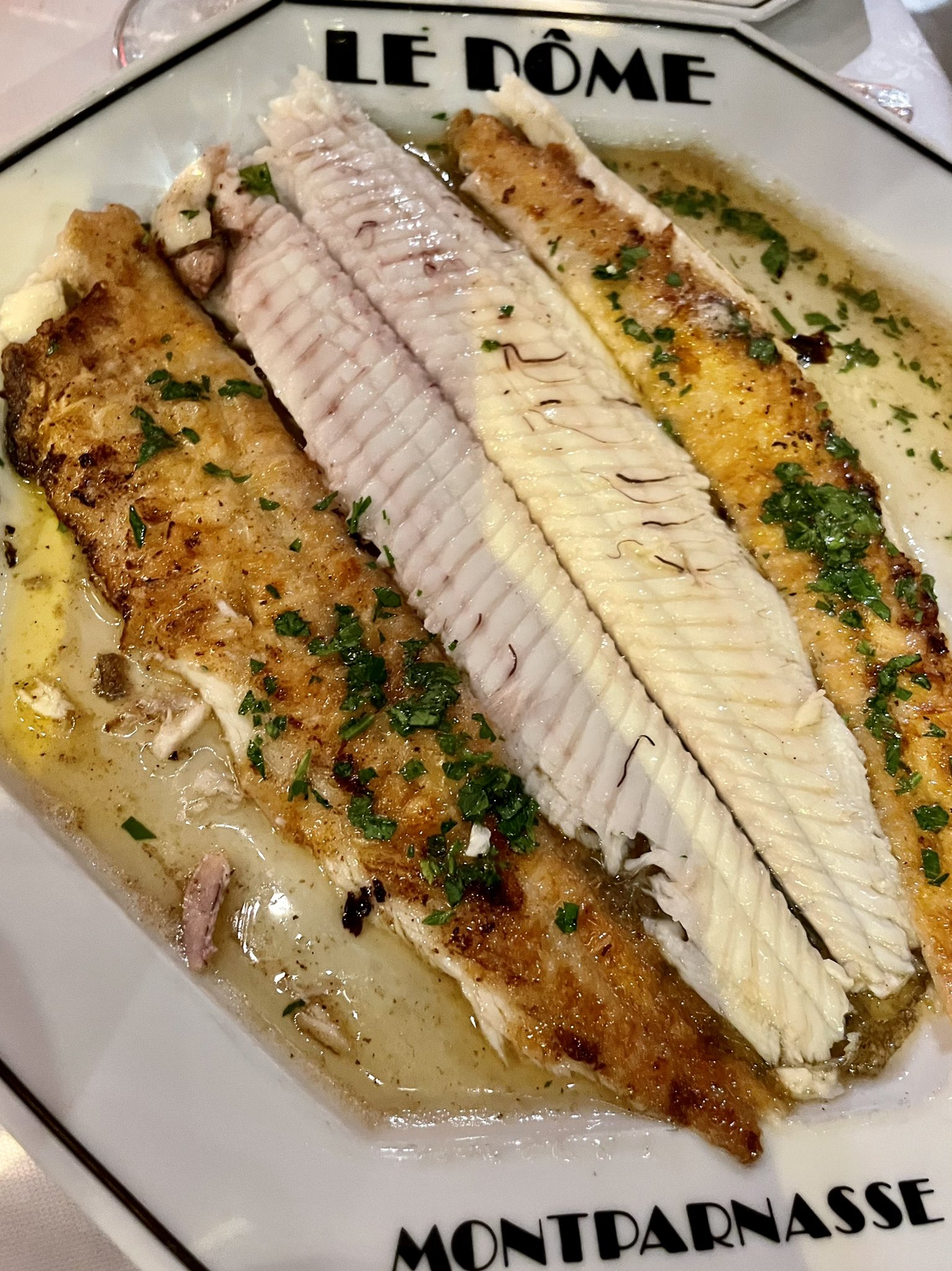
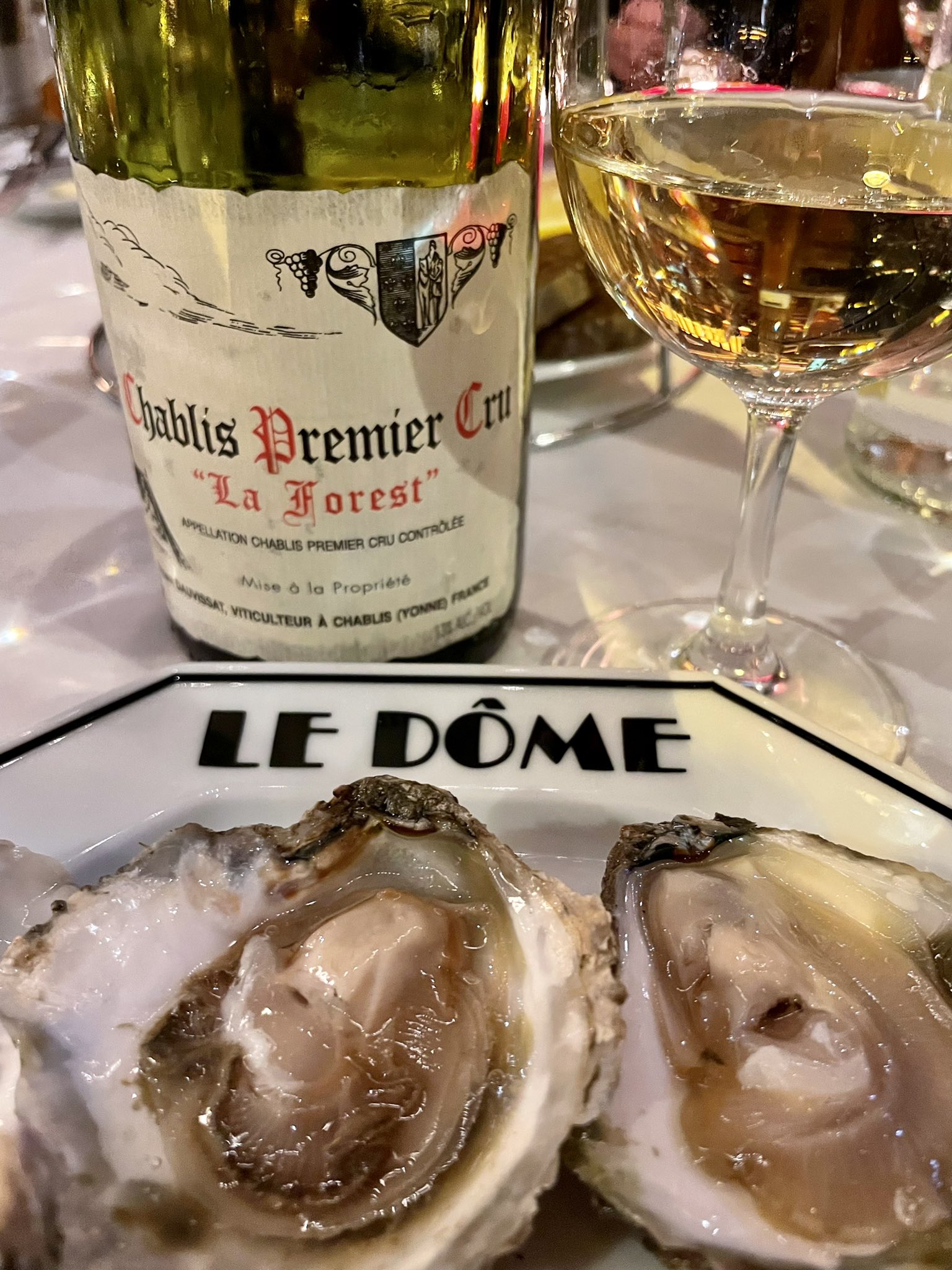
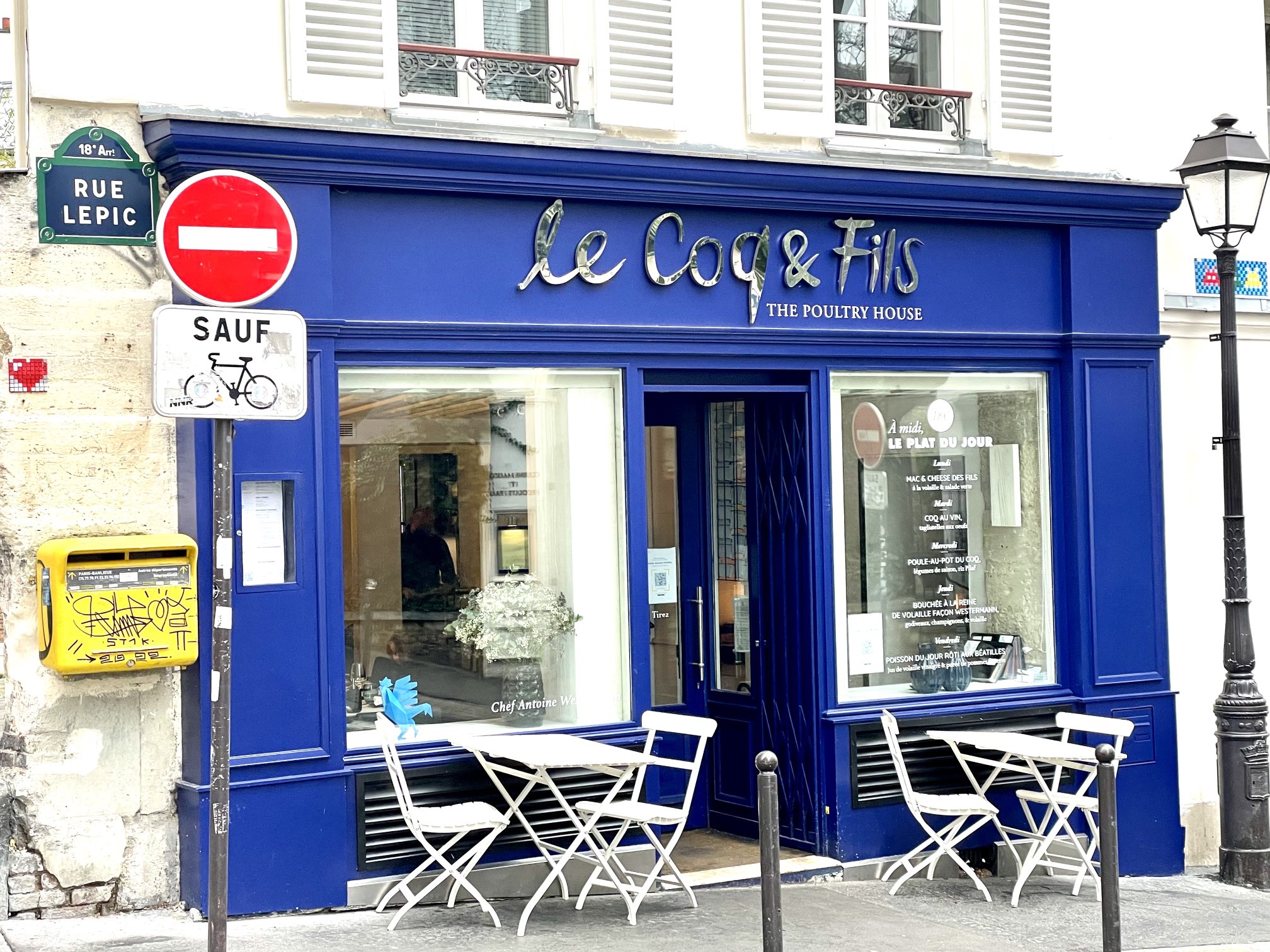
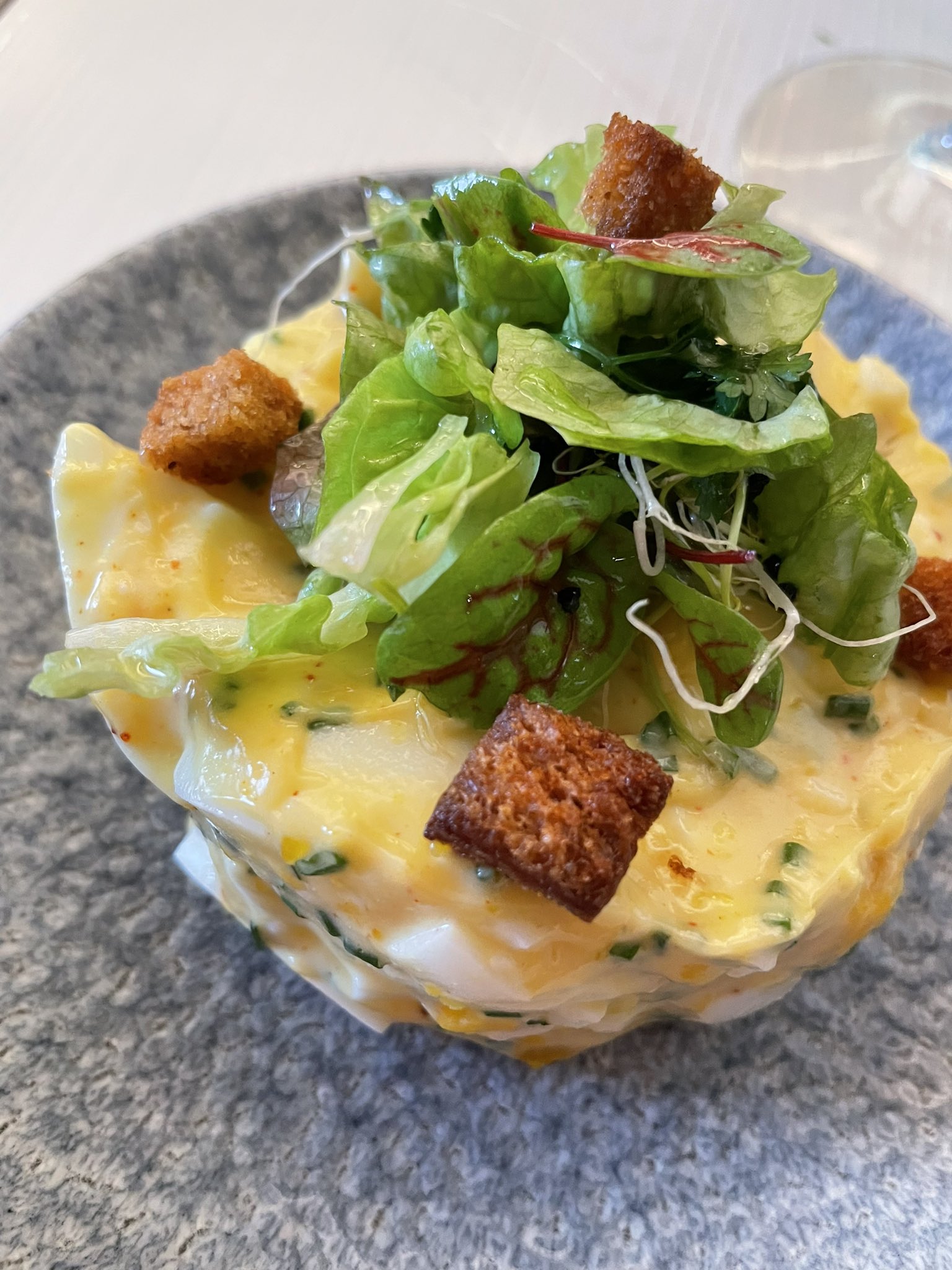
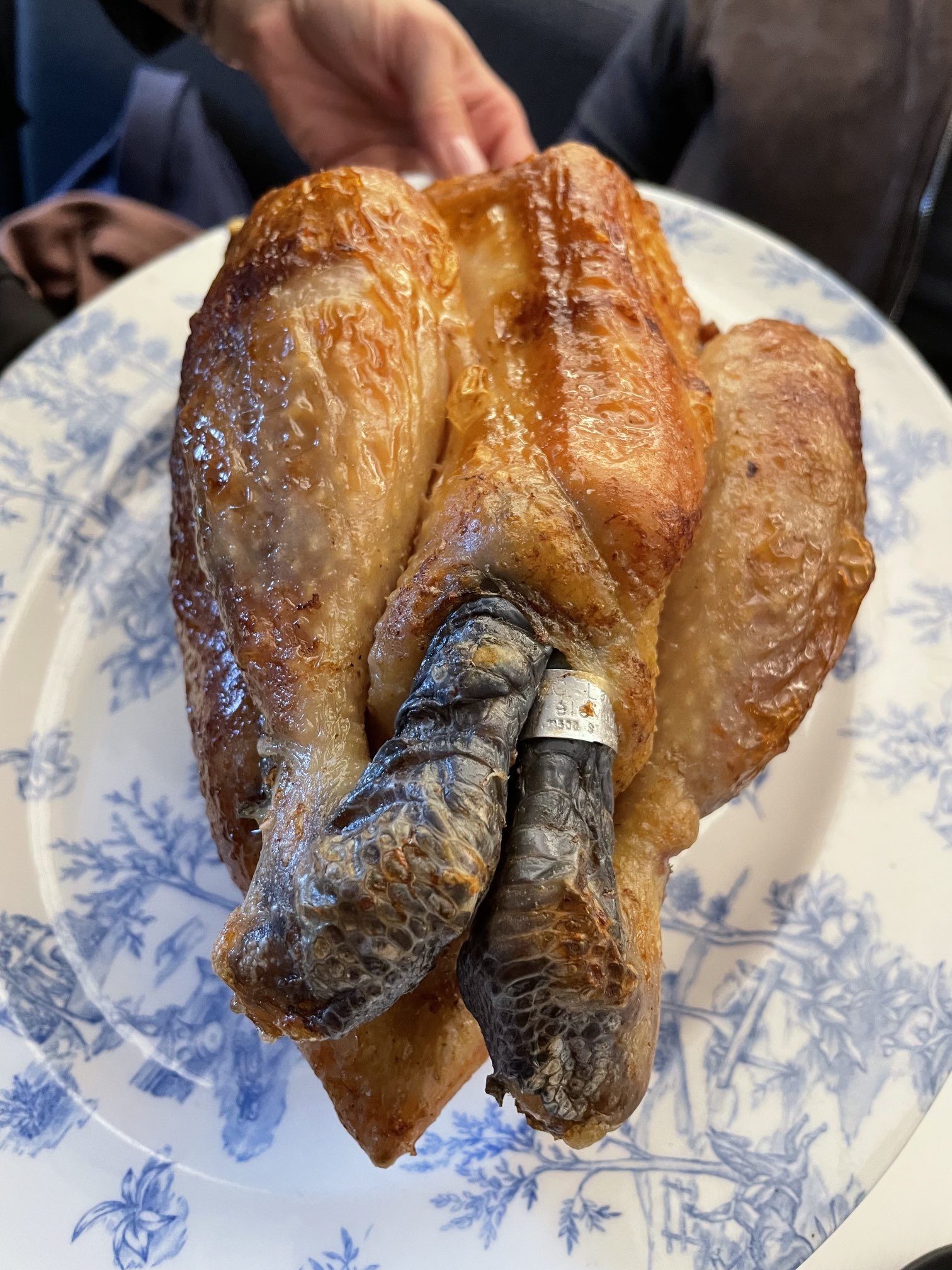

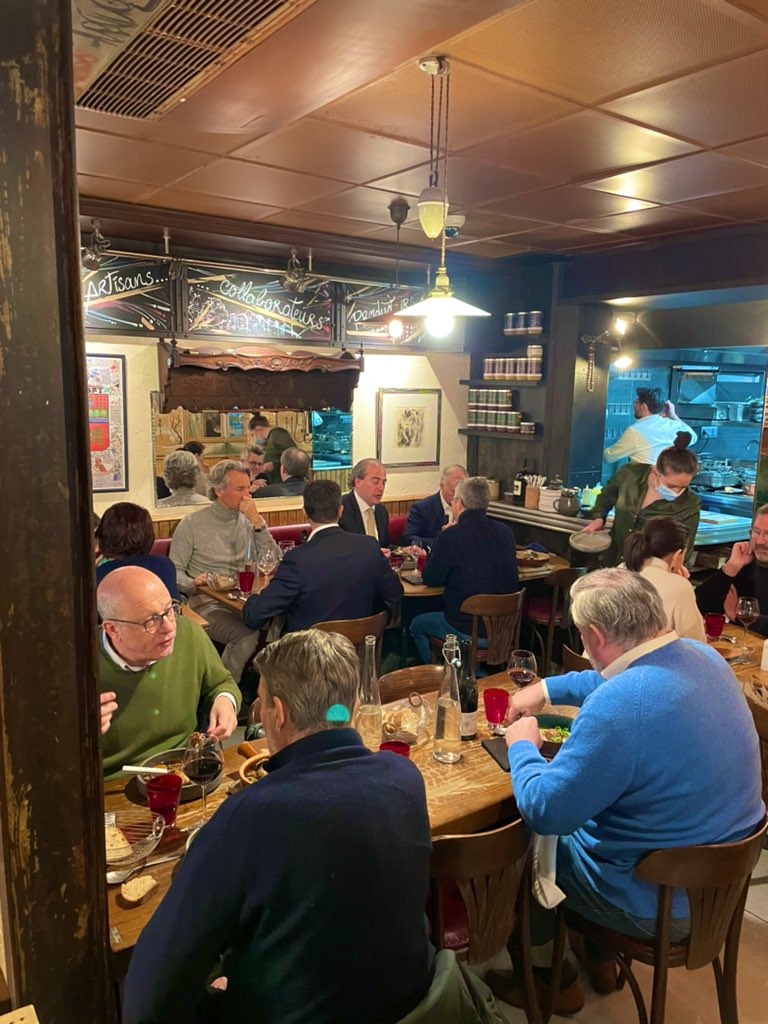
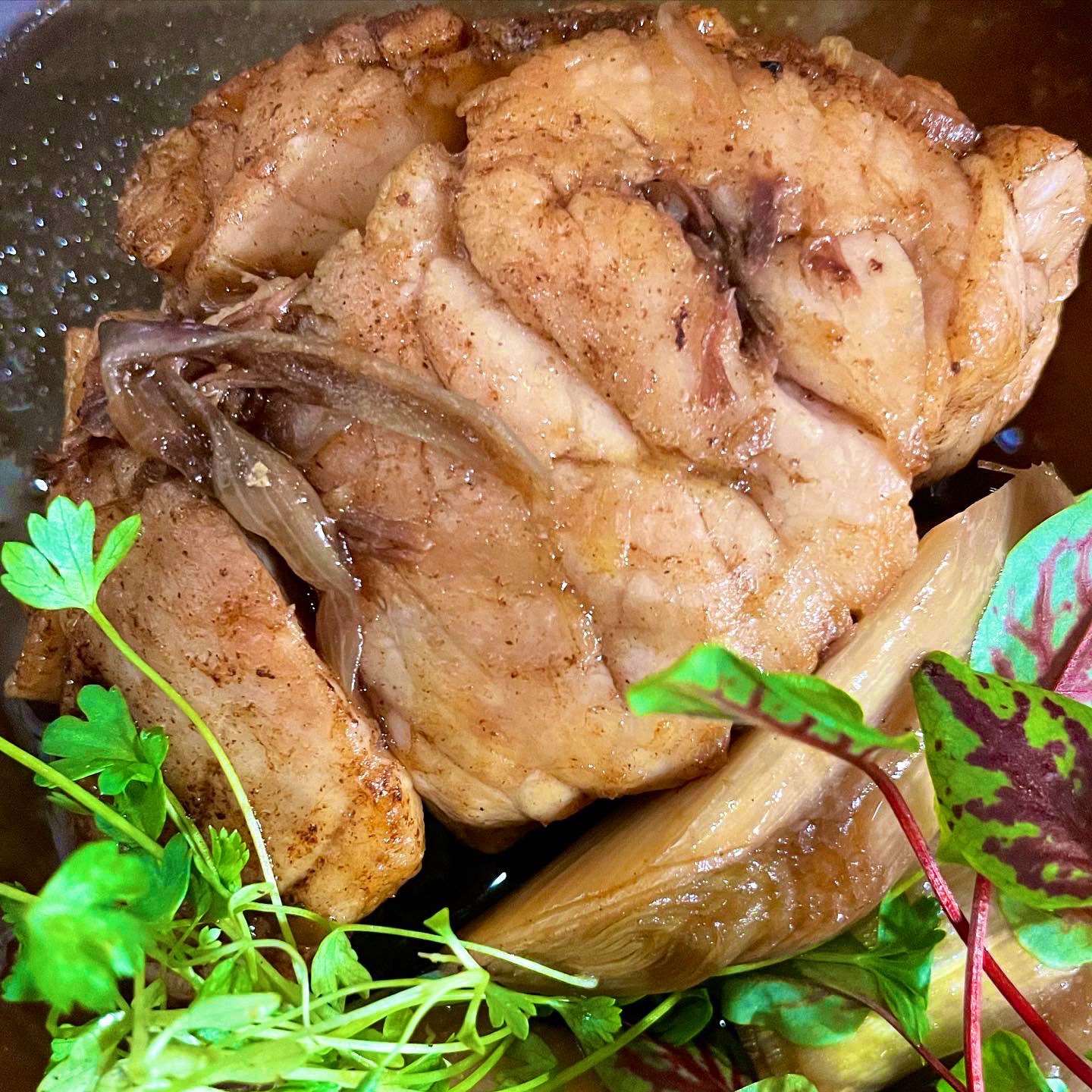

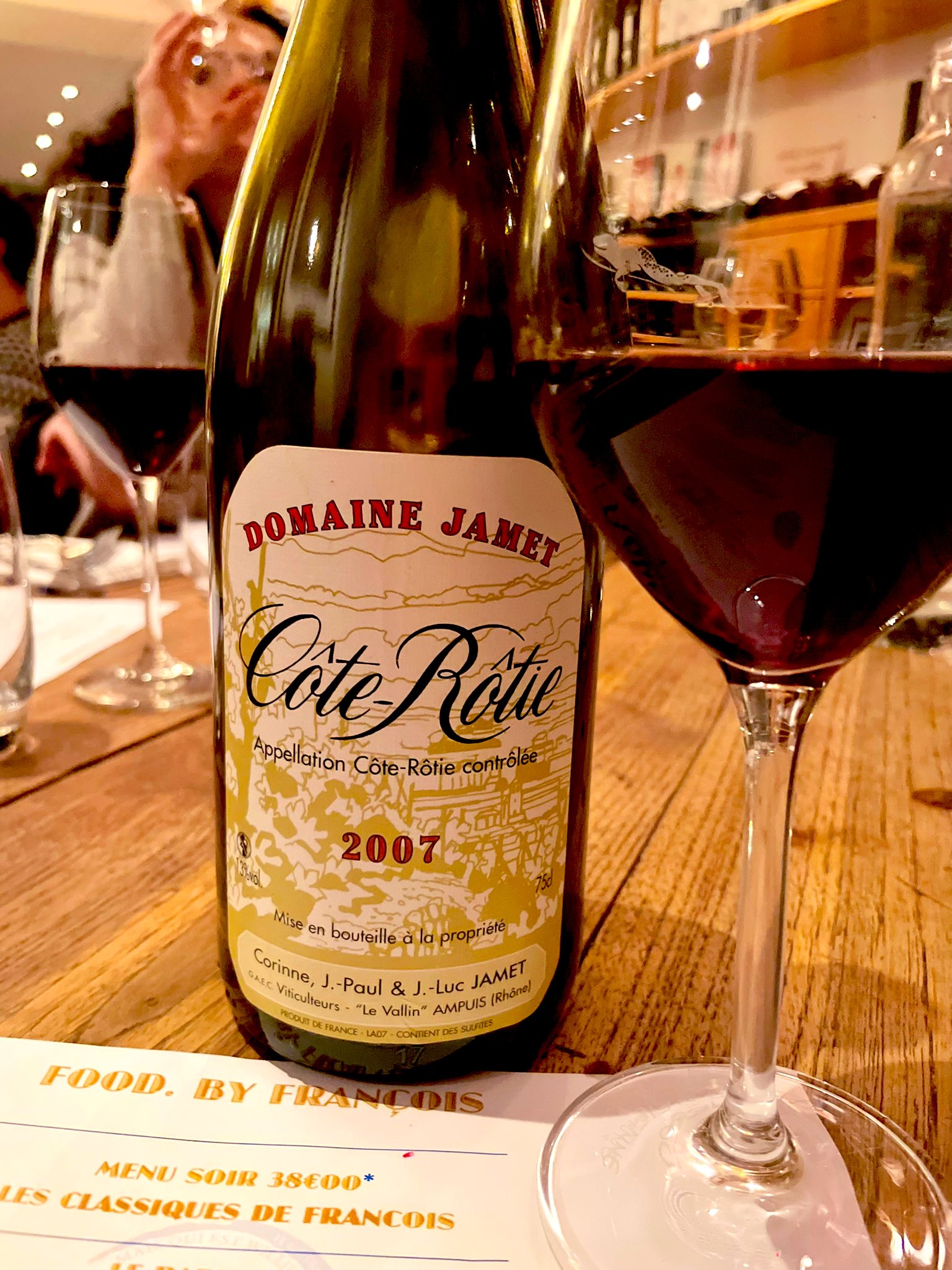
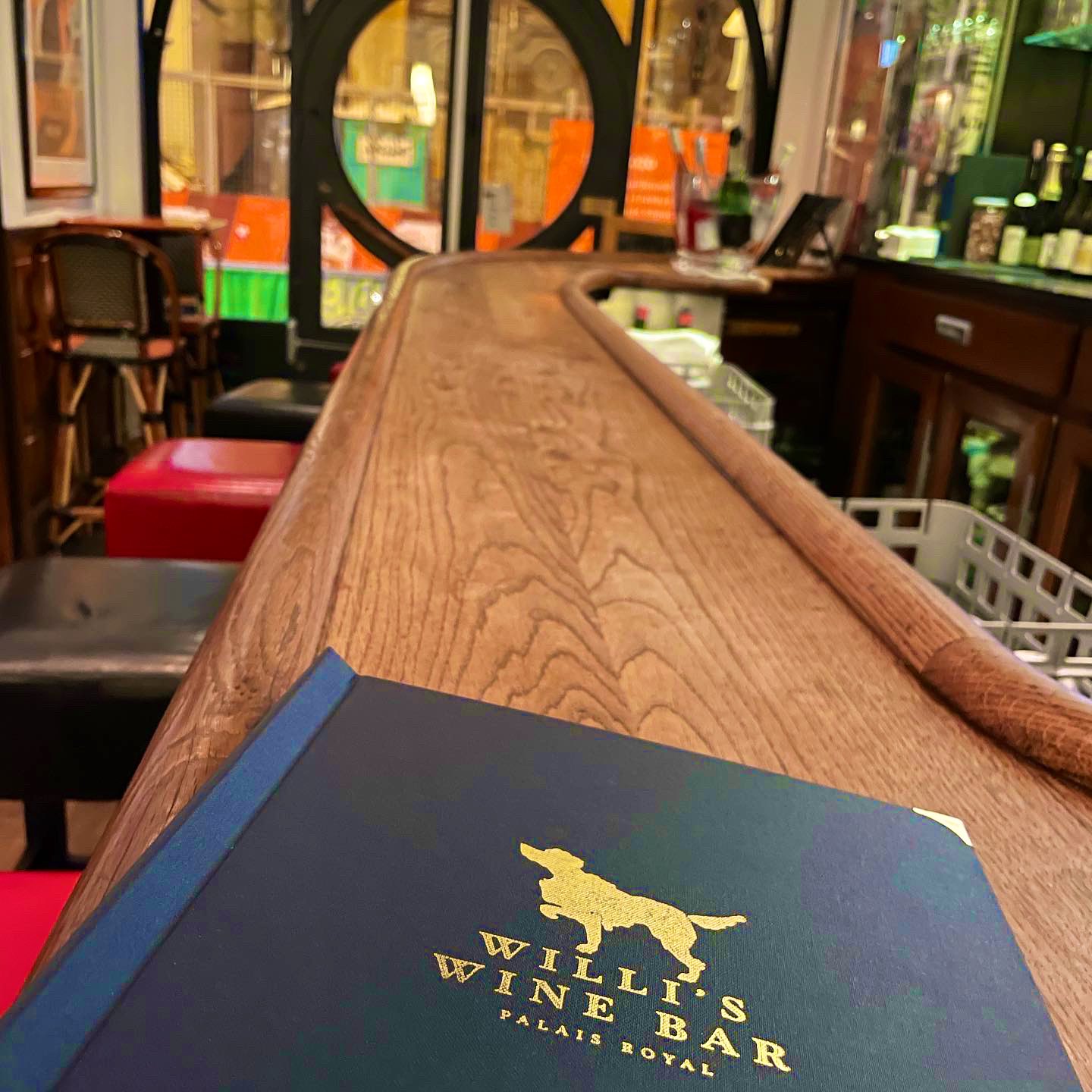
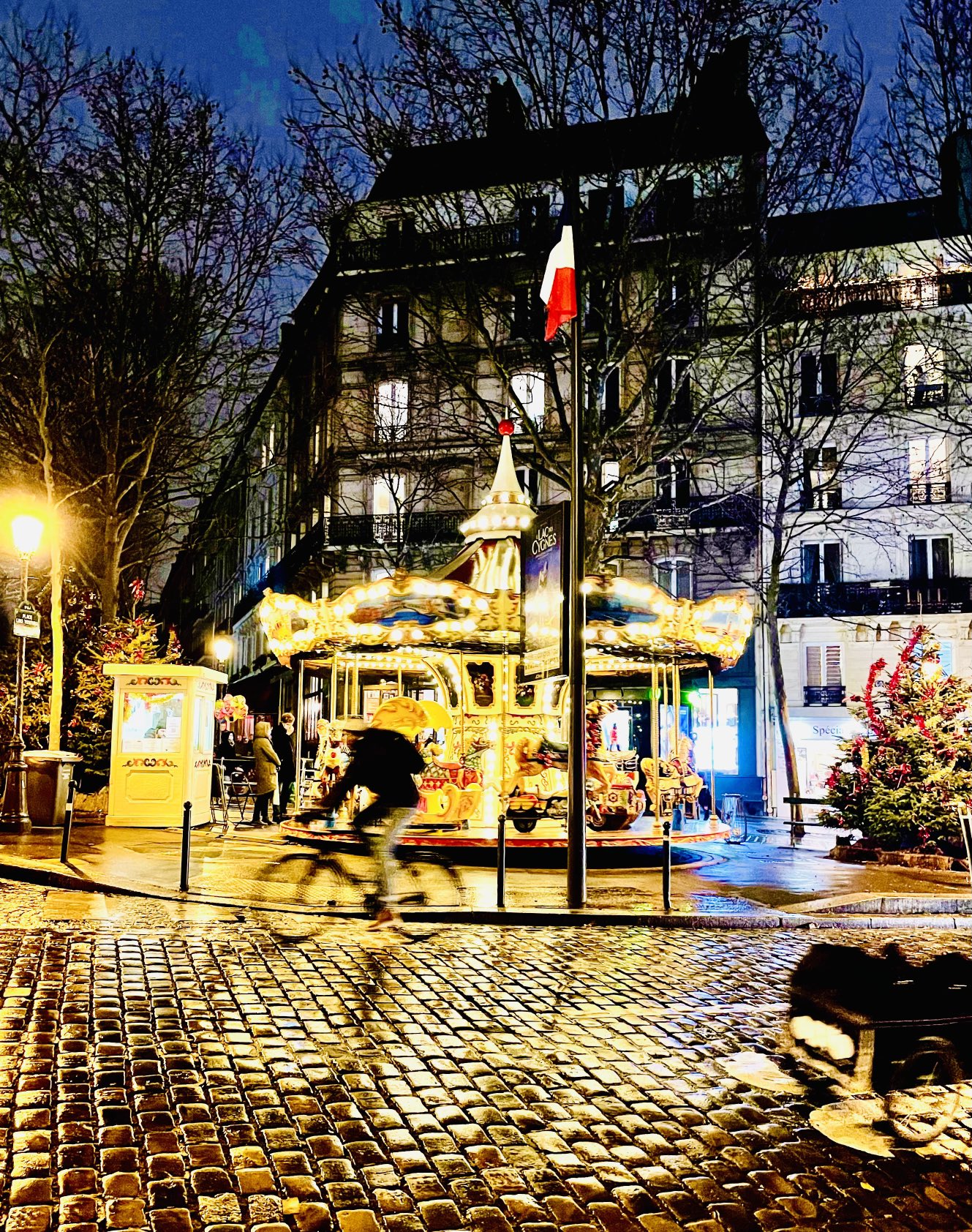








 (Ham, elevated, as only the French can)
(Ham, elevated, as only the French can)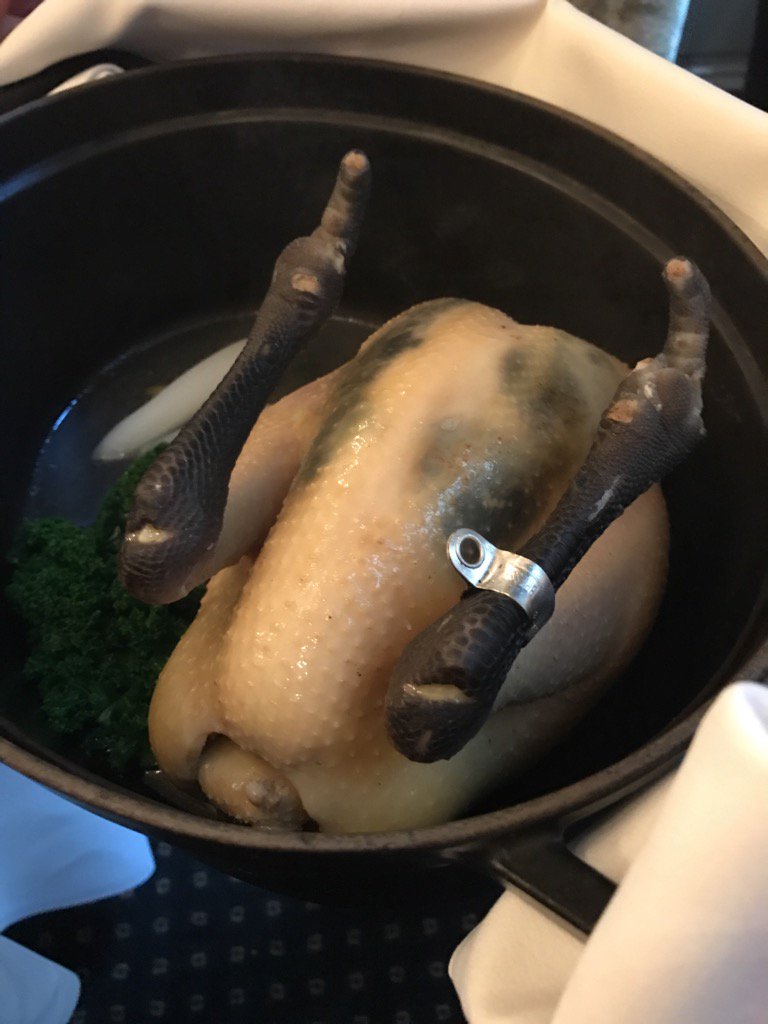
 (Sommelier Alexandre Pons knows we have a sweet spot for Chartreuse)
(Sommelier Alexandre Pons knows we have a sweet spot for Chartreuse)

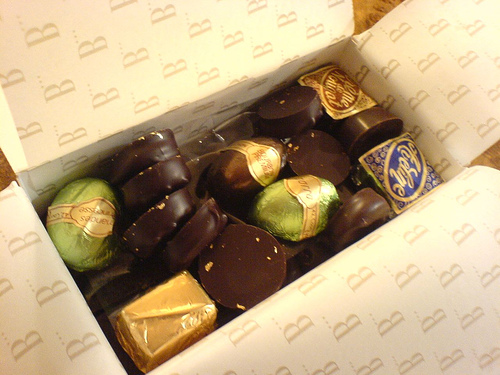
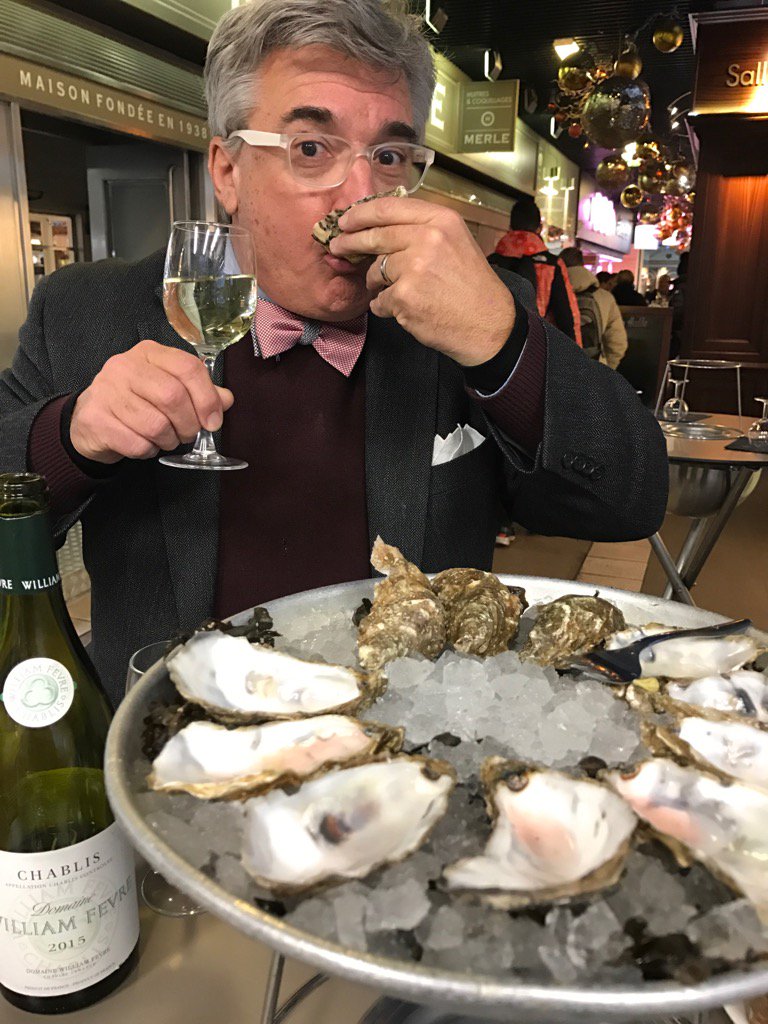 (Oysters and Chablis at 9:00 am. You gotta problem with that?)
(Oysters and Chablis at 9:00 am. You gotta problem with that?)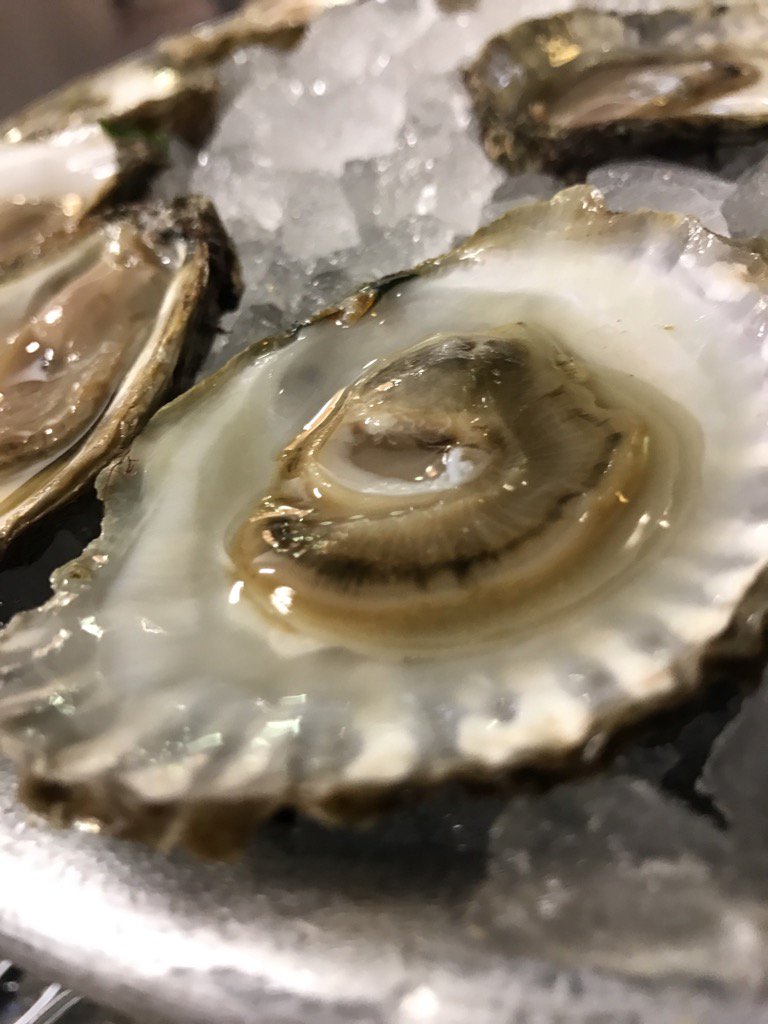











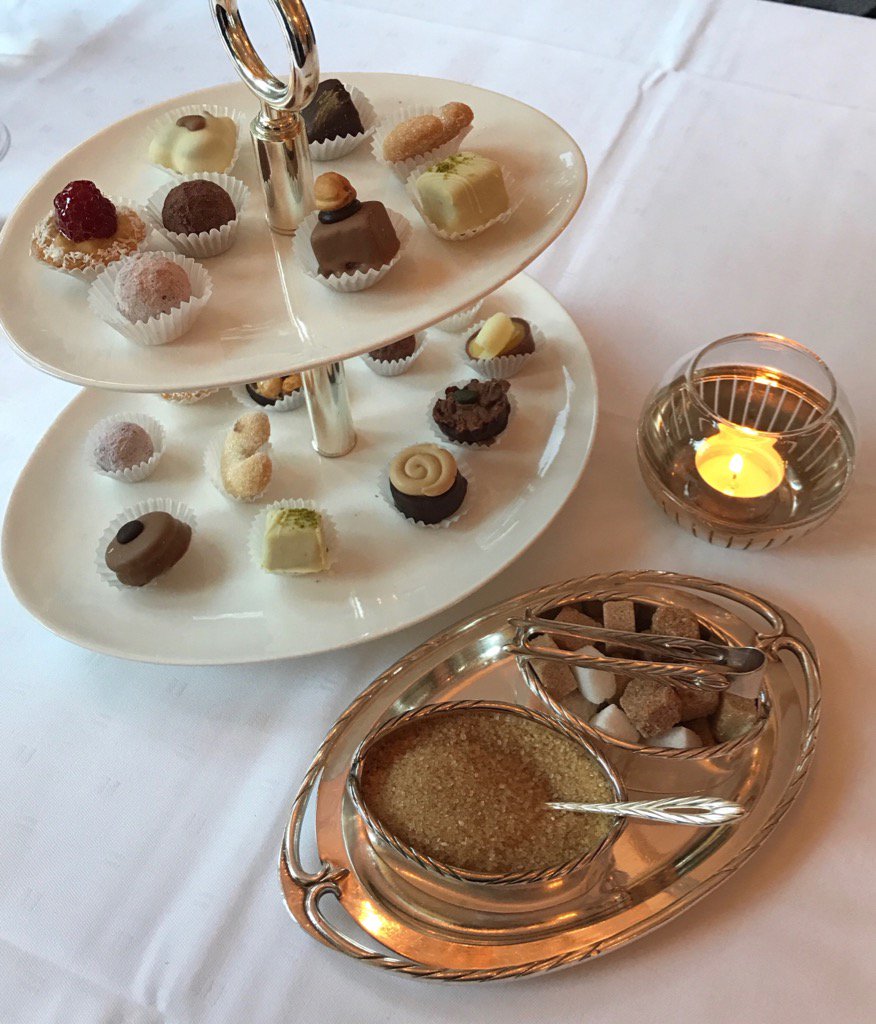 (Petit Fours is French for “I can’t believe they’re serving us more food!”)
(Petit Fours is French for “I can’t believe they’re serving us more food!”)